Rock Music History
Rock music has been a cultural force since its inception, evolving through decades of innovation, rebellion, and artistic triumphs. Its journey is marked by iconic moments and transformative movements that have shaped the soundtracks of generations.
A collection of epic events, milestones, birthdays, chart-toppers, concerts, record releases, and relevant rock music news for this day, all brought to you by the Today in Rock Music History staff.
Rock Albums Released on This Day in History. A daily list of albums that have shaped Rock music across decades. From iconic classics to hidden gems, discover or revisit albums from past eras.
1940’s
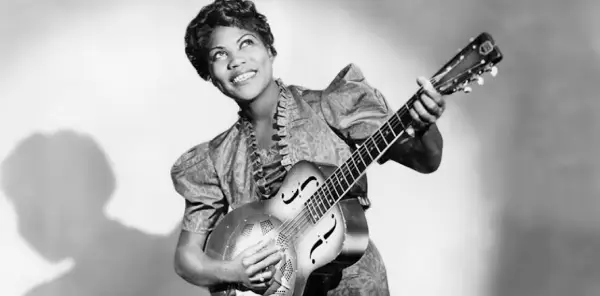
The Origins of Rock
The seeds of rock music were sown in the 1940s, as genres like blues, jazz, gospel, and rhythm and blues began to merge. Trailblazers like Sister Rosetta Tharpe brought electrified gospel to wider audiences, blending spirituals with the rhythmic drive of early R&B. Her guitar work laid the foundation for what would later become rock and roll, influencing a generation of musicians. This decade provided the essential groundwork for the explosion of rock music in the years to come.
1950’s
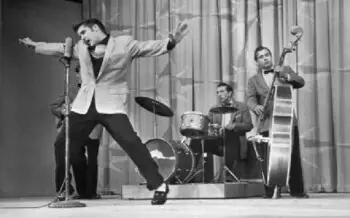
The Cultural Phenomenon
The 1950s marked the official arrival of rock and roll, a revolutionary sound that electrified audiences. It emerged from the fusion of blues, country, and gospel, with pioneers like Chuck Berry, Little Richard, and Elvis Presley leading the charge. Chuck Berry’s innovative guitar riffs and storytelling, combined with Little Richard’s explosive energy and Elvis Presley’s charisma, made rock and roll a cultural phenomenon. The release of “Rock Around the Clock” by Bill Haley and His Comets in 1955 is often considered the genre’s breakout moment, signaling the start of a new era in popular music.
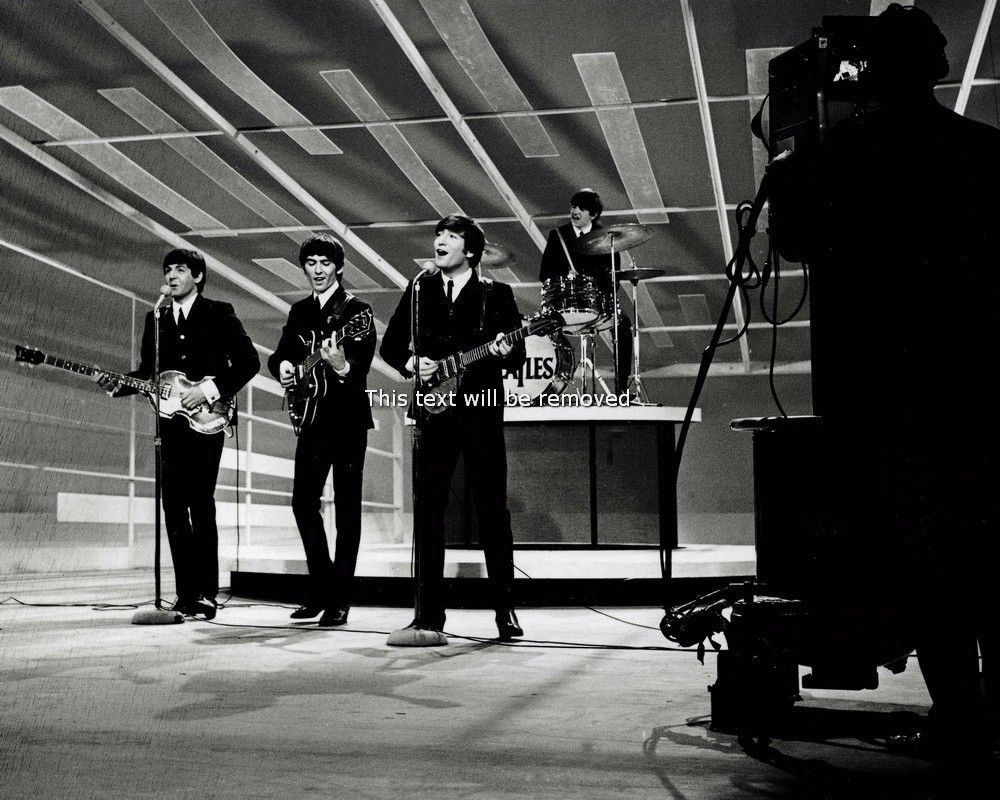
The British Invasion
In the 1960s, rock crossed the Atlantic and underwent a renaissance with the British Invasion. Bands like The Beatles and The Rolling Stones redefined the genre, combining catchy melodies with innovative approaches to songwriting and recording. The decade also saw the rise of iconic acts like Jimi Hendrix and The Who, whose performances at festivals like Woodstock in 1969 symbolized the counterculture movement. Psychedelic rock flourished, with groundbreaking albums like Sgt. Pepper’s Lonely Hearts Club Band pushing creative boundaries.
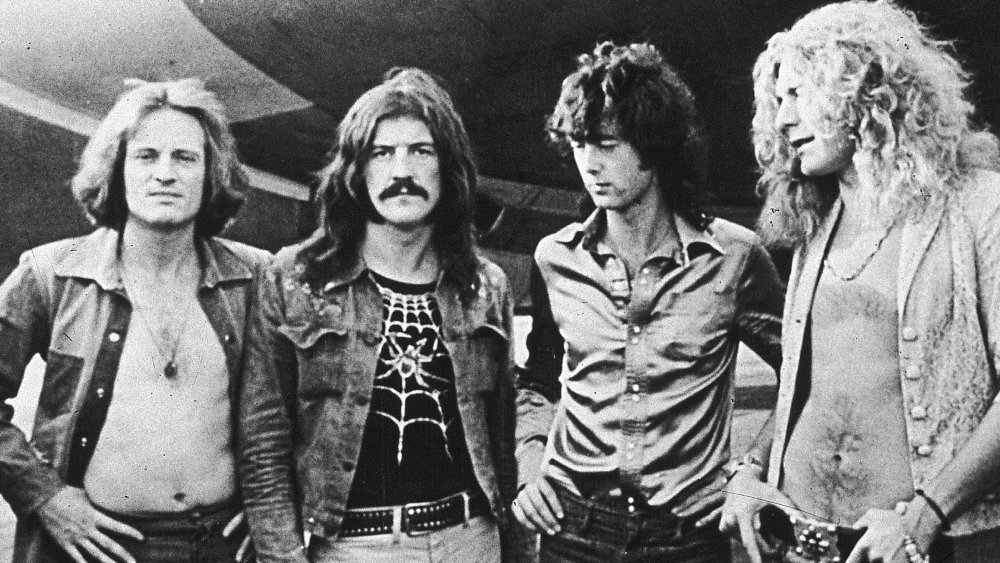
The Rise of Hard Rock and Punk
The 1970s brought a harder, louder edge to rock, with bands pioneering heavy metal and hard rock. Groups like Led Zeppelin, Black Sabbath, and Deep Purple set new standards for intensity and musicianship. Progressive rock acts such as Pink Floyd and Yes captivated audiences with their conceptual albums and elaborate stage shows. Meanwhile, punk rock emerged as a raw, rebellious counterpoint to these trends, with bands like The Sex Pistols and The Ramones rejecting excess in favor of gritty, stripped-down sounds.
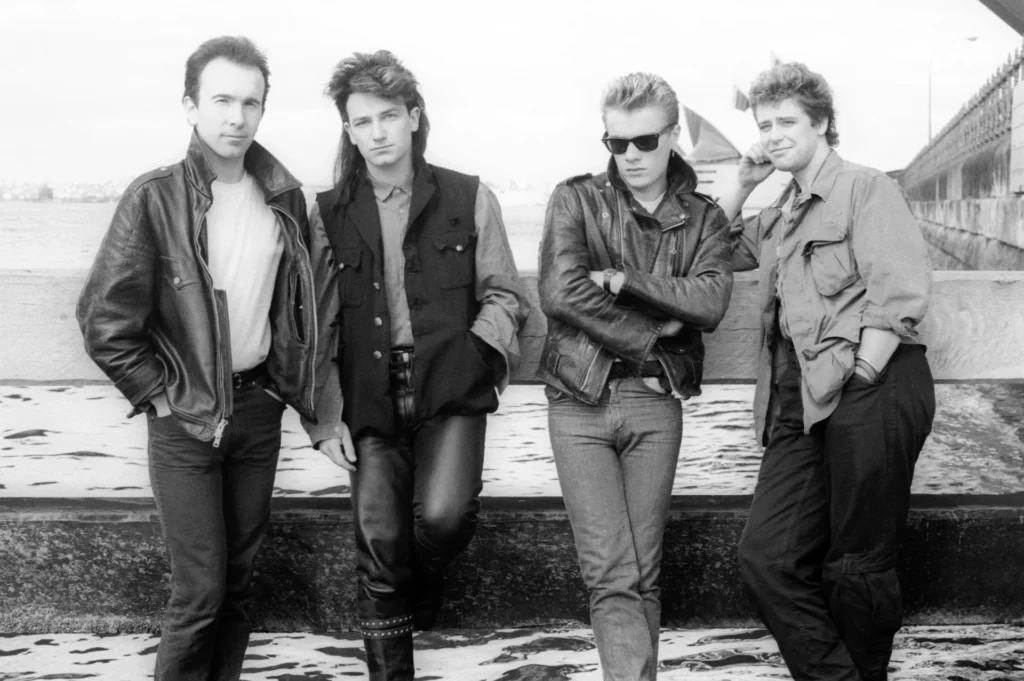
The Era of Stadium Rock and Alternative
The 1980s brought stadium-sized anthems and flashy performances, with artists like Queen, U2, and Bon Jovi captivating massive audiences. MTV’s launch in 1981 revolutionized music promotion, with rock videos becoming cultural milestones. Simultaneously, alternative rock began to take root, driven by bands like R.E.M. and The Smiths, who infused rock with introspective lyrics and diverse influences.
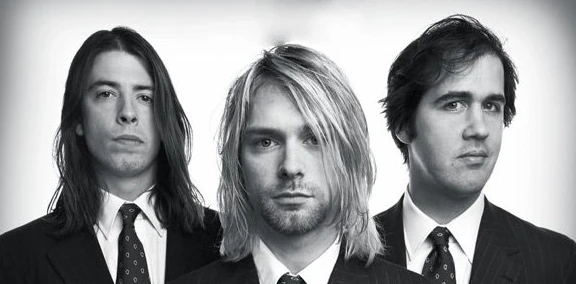
The Grunge Explosion
The 1990s saw the emergence of grunge, with bands like Nirvana, Pearl Jam, and Soundgarden leading a movement that brought raw emotion and stripped-down aesthetics back to the forefront. Nirvana’s Nevermind became a cultural phenomenon, symbolizing a shift away from the polished sound of the 80s. At the same time, Britpop acts like Oasis and Blur dominated the UK, creating a new wave of rock rivalry.

The Digital Revolution
As the 21st century began, rock faced new challenges and opportunities in the digital age. Bands like The Strokes and The White Stripes revitalized garage rock, while others like Radiohead embraced experimentation and technology. The rise of streaming transformed how music was consumed, allowing independent artists to find audiences outside traditional industry channels.

Blending Elements
The 2010s rock has become more diverse than ever. Genres have blended, with artists incorporating elements of hip-hop, electronic music, and folk. Bands like Greta Van Fleet have drawn from classic rock influences, while others push boundaries with new sounds. Vinyl records experienced a resurgence, becoming a beloved format for audiophiles, while music festivals provided a platform for rock bands to thrive. Streaming platforms reshaped how audiences discovered music, allowing independent and emerging rock acts to reach global listeners. The 2010s cemented rock’s ability to adapt, innovate, and remain culturally relevant.

Pushing the Boundaries
The 2020s have continued to push the boundaries of rock music. Artists like Måneskin have brought a fresh energy to the genre, combining rock theatrics with modern sensibilities. Social media and streaming services have amplified the reach of new and experimental artists, fostering a global audience for rock in all its forms. The blending of genres has accelerated, with rock incorporating elements of pop, hip-hop, and electronic music more seamlessly than ever before. Despite challenges posed by the pandemic, which disrupted live performances, the return of concerts and festivals has reignited the communal energy central to rock’s spirit. As the decade progresses, rock remains a dynamic and innovative force, proving its timeless appeal while embracing modern technology and cultural shifts.